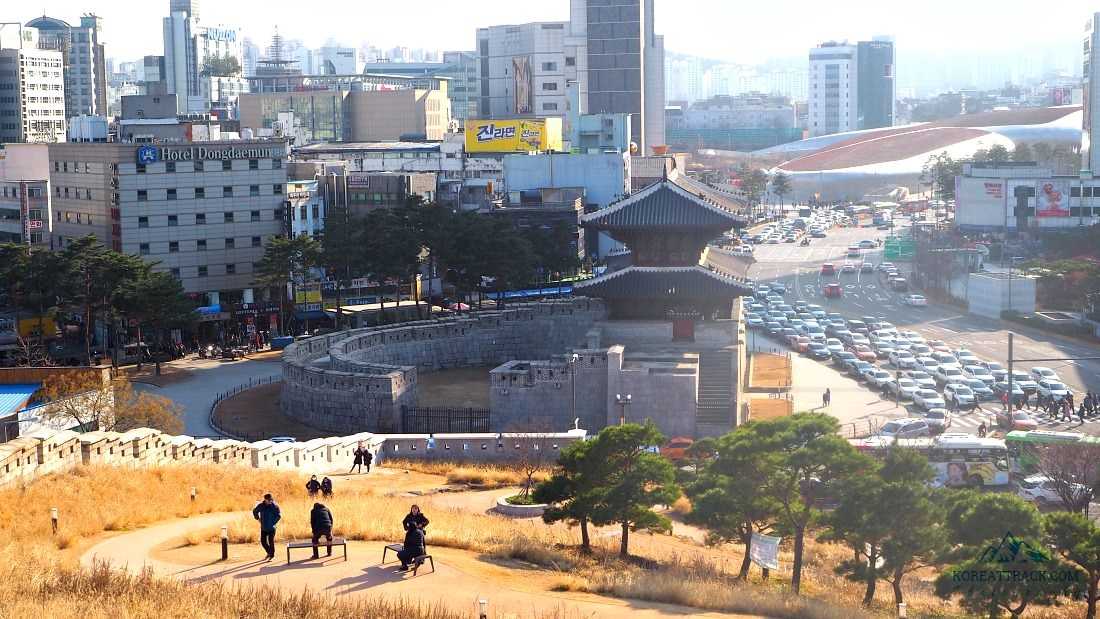Discovering Heunginjimun Gate: Seoul’s Historic East Gate
Heunginjimun Gate, also known as Dongdaemun, is one of the most significant historical landmarks in Seoul, South Korea. This ancient structure is not just a gateway but a symbol of the city’s rich history and cultural heritage. For those interested in exploring Seoul’s past, Heunginjimun offers a glimpse into the architectural and historical significance of the Joseon Dynasty.
Historical Significance
Heunginjimun Gate was originally constructed in 1398 during the early years of the Joseon Dynasty. It served as the eastern gate of the Seoul Fortress Wall, which was built to protect the city from invasions. The name “Heunginjimun” translates to “Gate of Rising Benevolence,” reflecting the gate’s role in safeguarding the city and its people. Over the centuries, the gate has undergone several restorations, with the most significant one taking place in 1869. Despite these changes, Heunginjimun has retained its historical essence and continues to stand as a testament to Seoul’s enduring legacy.
Architectural Features
The architectural design of Heunginjimun Gate is a fine example of traditional Korean construction techniques. The gate is characterized by its imposing stone base and a two-story wooden pavilion, which is adorned with intricate carvings and vibrant colors. The structure is designed to be both functional and aesthetically pleasing, with its robust stone walls providing defense and its elegant wooden pavilion serving as a lookout point. The gate’s unique design also includes a semi-circular wall known as an “ongseong,” which was used to trap and control invaders. This combination of beauty and practicality makes Heunginjimun a remarkable piece of architecture worth exploring.
Visiting Heunginjimun Today
Today, Heunginjimun Gate is a popular tourist attraction and a must-visit for anyone interested in Seoul’s history. Located in the bustling Dongdaemun district, the gate is easily accessible by public transportation. Visitors can explore the surrounding area, which is home to a vibrant market and numerous cultural sites. The gate itself is open to the public, allowing visitors to walk around and appreciate its historical and architectural significance up close. Additionally, the nearby Dongdaemun Design Plaza offers a modern contrast to the ancient gate, providing a unique blend of old and new Seoul.
Heunginjimun Gate is more than just a historical monument; it is a symbol of Seoul’s resilience and cultural heritage. Whether you are a history enthusiast or a casual traveler, a visit to this iconic gate offers a fascinating insight into the city’s past and its enduring spirit.
